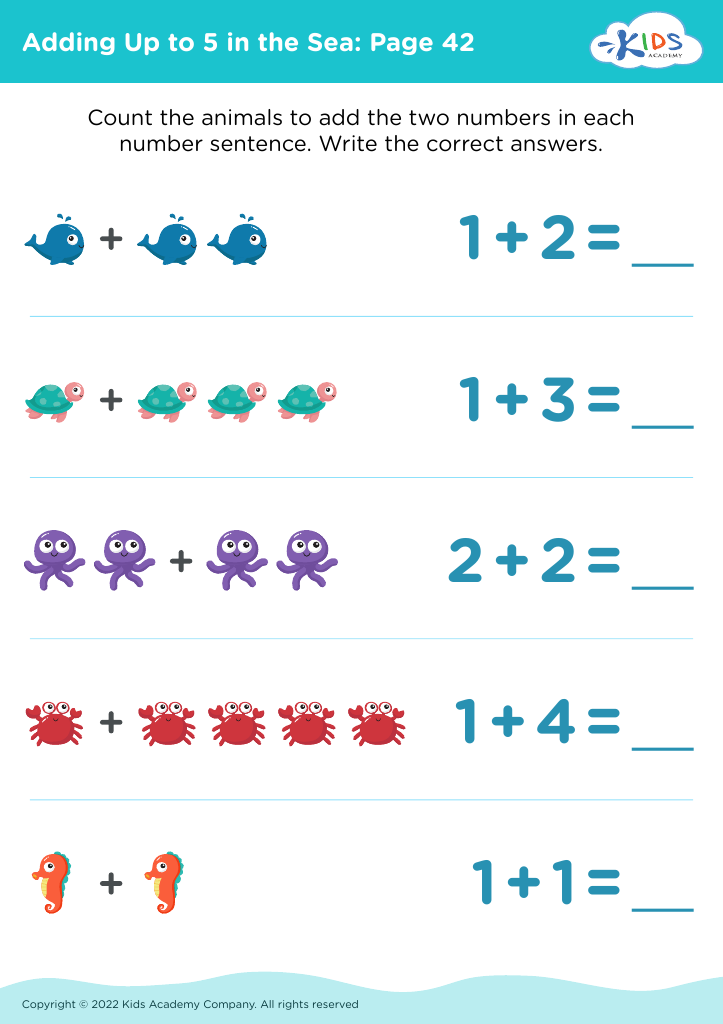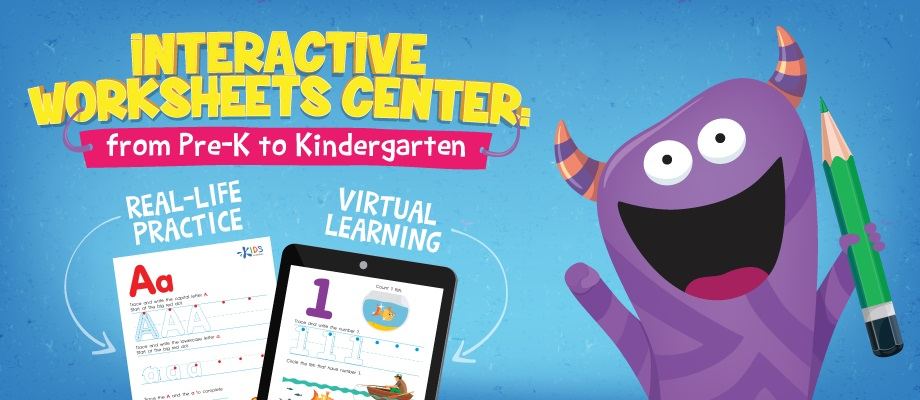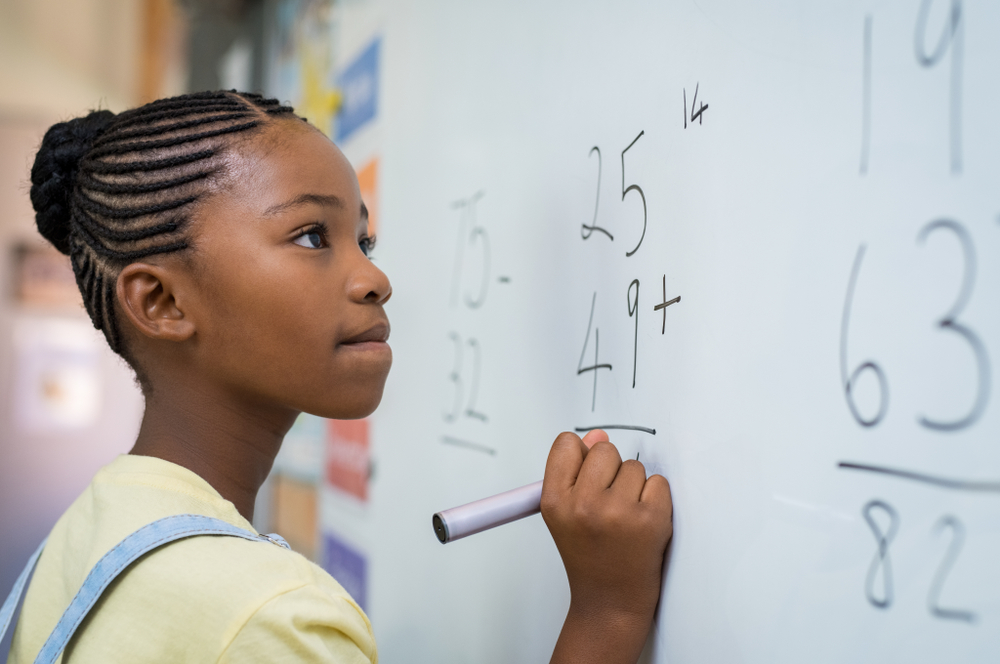Counting ability Worksheets for Kids
1 filtered results
-
From - To
Question/Answer
Why is the Counting ability skill important for Preschool students?
Counting ability is crucial for preschool students as it lays the foundational skills for understanding numbers, which is essential for future mathematical learning. It helps develop number sense, enables the recognition of patterns, introduces basic arithmetic concepts, and enhances problem-solving skills. Early counting proficiency also predicts better academic performance in math during later schooling years.
What does the Counting ability skill mean when it comes to Preschool Adding in the Sea learning?
The Counting ability skill in Preschool Adding in the Sea learning refers to a child's capacity to recognize numbers, understand their order, and accurately count objects or pictures.
How to train the Counting ability skill in Preschool students learning about Adding in the Sea?
To train the counting ability in preschool students learning about adding in the sea, use thematic materials like fish or sea creature counters. Start with simple addition, demonstrating how two groups of sea creatures come together to form a larger group.












